Meo Vac, in the far north of Vietnam, stands like an unpolished jewel in the heart of a karst plateau. This district town in Ha Giang province offers breathtaking views of time-sculpted limestone mountains, verdant rice paddies and authentic ethnic villages. Known as the "eagle's nest" of the Black Hmong, Meo Vac attracts travelers seeking authenticity and adventure off the beaten track.
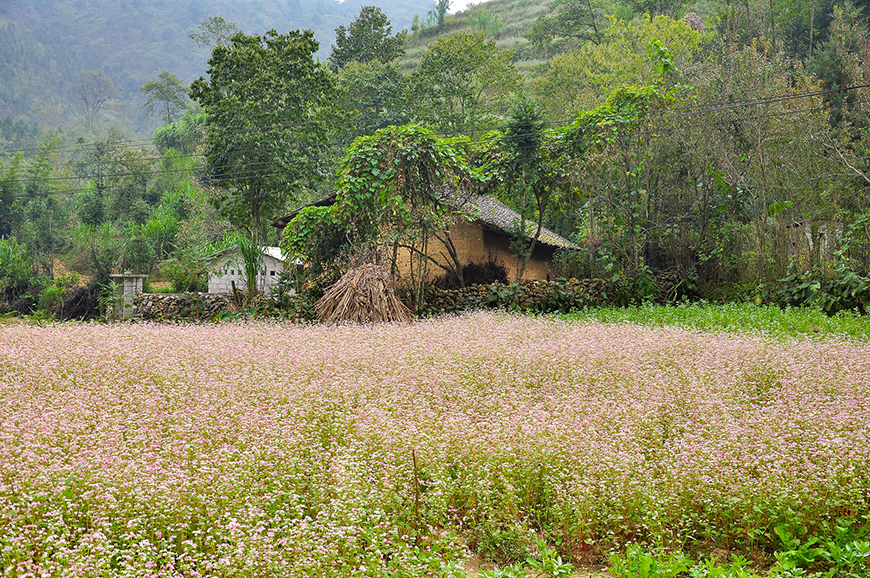
Rural landscape of Meo Vac - Photo : Mr Linh's adventures
Where to find Meo Vac
Meo Vac, just over 160 kilometers from downtown Ha Giang, is Vietnam's northernmost district. It shares a border with China. The region is characterized by predominantly limestone mountains, adorned by the course of the Nho Que River. Nestled in a valley surrounded by high limestone and karst mountains, its isolation has earned it the nickname "the eagle's nest of the Black Hmong".
How to get to Meo Vac
Meo Vac is located in the northeast corner of Ha Giang province, around 400 km from Hanoi. Most travelers include a visit to Meo Vac in their Ha Giang Loop itinerary. During the 3 to 5 days of the loop, you'll naturally escape to Meo Vac.
The loop begins in the town of Ha Giang, which can be reached from Hanoi by sleeper bus at night or comfortable limousine bus during the day. The journey takes around 12 hours.
Once in Ha Giang, take a cab to Meo Vac (about 6 hours away). The winding roads and breathtaking scenery make this trip an adventure in itself.
Those traveling by motorcycle or private vehicle will cross the legendary Route du Bonheur, a winding mountain road offering breathtaking panoramas. The drive from Ha Giang takes around 4 hours, and 6 hours from Dong Van. If you choose to travel by motorcycle or car, you can take full advantage of the beauty of the trip.
Note that buses also connect Meo Vac with neighboring towns, but the journey is longer and less picturesque.
When to go
The ideal time to visit Meo Vac is from March to May, when pleasant temperatures bathe the verdant landscapes.
Alternatively, culture buffs wishing to take part in local celebrations should add the dates of these popular events to their schedules:
- Spring Festival: the first three days of the first lunar month
- Rain prayer ritual: in March of each year
- Corn harvest ritual: from July to September each year.
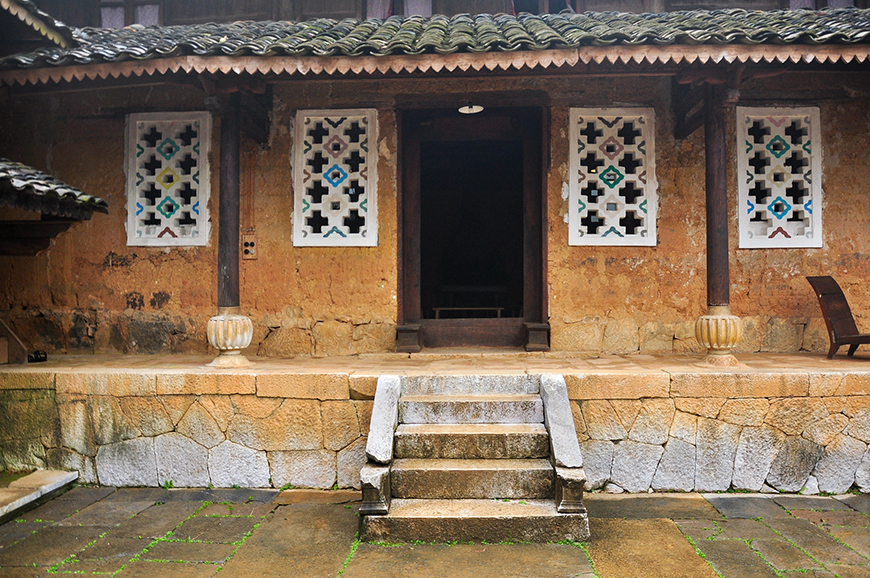
Overnight in a homestay - Photo : Mr Linh's adventures
Accommodation and food in Meo Vac
Meo Vac offers a wide range of accommodation, from comfortable hotels to homestays. The local cuisine is rich and tasty, with dishes based on fresh, typical regional ingredients.
On the menu, you can choose...
- • Thang co is a delicious combination of horse, beef, pork and buffalo meat, cooked in a broth with 12 aromatic spices such as pepper, cinnamon and cardamom.
- • Porridge Au Tau: This tasty, nutrient-rich dish is famous not only for its pleasant taste, but also for its weight-loss benefits. During the winter months, it is particularly popular, offering visitors an exceptional culinary experience.
- • Five-colored glutinous rice (Xoi ngu sac) is another dish to delight the taste buds and captivate the eyes. The bright colors, derived from the leaves of the forest, illuminate the rice in yellow, white, purple and red, giving this dish a spectacular appearance.
- • Dried buffalo meat (thit trau gac bep): This is a signature dish, an ancient specialty of the region.
- • Have you ever heard of grilled mousse? Although it may sound peculiar, this dish is delicious. Will you dare to try it?
Meo Vac, land of legends
Legend has it that once upon a time, a giant named Dong Son lived on the Dong Van plateau. One fateful day, he fell in love with a fairy and they had a daughter together. However, the fairy eventually left Dong Son, leaving their daughter behind. Heartbroken, Dong Son turned his grief to stone, giving rise to the hypnotic rock formations we can admire today.
As for the origin of the Black H'mong Eagle's Nest, it goes back to a legend telling the story of a pair of Hmong giants, Cuoi and Giay, who once lived in this region. One day, a fearsome dragon threatened their village. Cuoi, with his immense strength, killed the dragon and saved his people. As a reward, the villagers offered Cuoi and Giay the highest peak in the region to build their nest. Since then, Meo Vac has been known as the "eagle's nest" of the Black Hmong.
► Take the chace to experience Meo Vac
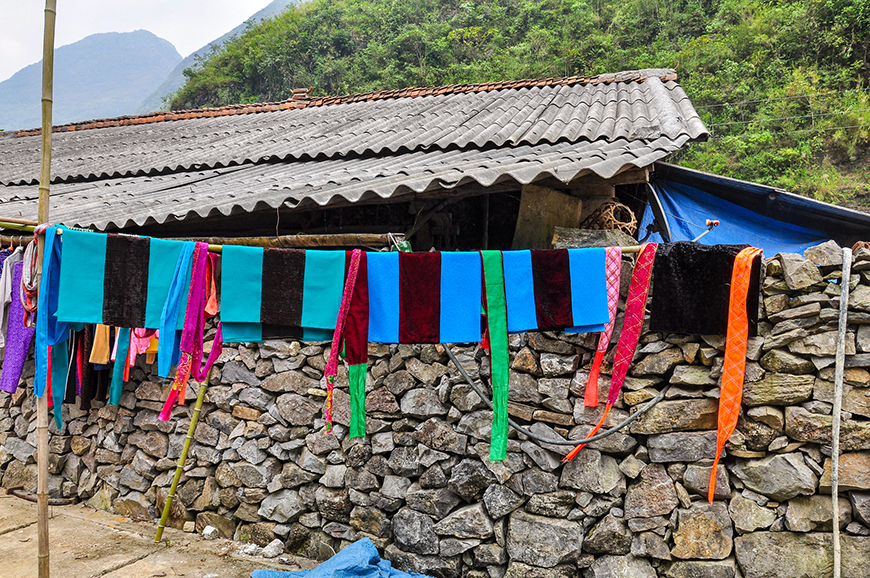
Traditional costumes - Photo : Mr Linh's adventures
Top 5 activities in Meo Vac
Local markets
Khau Vai Love Market
The Khau Vai Love Market, located in Meo Vac district, Ha Giang province, is a lively cultural market frequented by the Giay, Nung and Muong ethnic minorities. On the 26th and 27th of the third lunar month, this market hosts an annual festival that attracts many local ethnic communities. The most remarkable market in Vietnam is the Khau Vai Love Market. It's a unique occasion that brings together men and women reuniting with their former partners in a context where social norms are temporarily changing. Couples, dressed in their finest finery, enjoy the festivities, creating a singular and joyous atmosphere.
By exploring the market during its festival, you can immerse yourself in a variety of tasty experiences. Be seduced by the varied ethnic food and drink culture, enjoy captivating songs and take part in traditional folk games.
Meo Vac Market
Meo Vac is a sleepy-looking town, but every Sunday it comes alive with its market, the largest ethnic minority market in Ha Giang province. Ethnic groups from neighboring villages gather at the market, dressed in their bright traditional garb, to trade goods, share stories and showcase their culture. There are products from the region and an amazing livestock market with buffaloes, cows and pigs.
For those with time, here's a list of local markets in Ha Giang province
- ♦ Central Market - Meo Vac, every Sunday morning
- ♦ Dong Van market, every Sunday morning
- ♦ Ma Le market, close to Dong Van market, every Saturday
- ♦ Quyet Tien market, on the Ha Giang-Dong Van-Meo Vac route, every Saturday morning
- ♦ Hoang Su Phi market, every Sunday
- ♦ Sa Phin market, located in the village of the H'mong king's palace, every Snake and Pig Day (lunar calendar - ask your guide for details).
- ♦ Lung Phin market, every tiger and monkey day (same as above).
- ♦ Pho Bang market, daily rat and horse (same as above)
- ♦ Coc Pai market, every Sunday
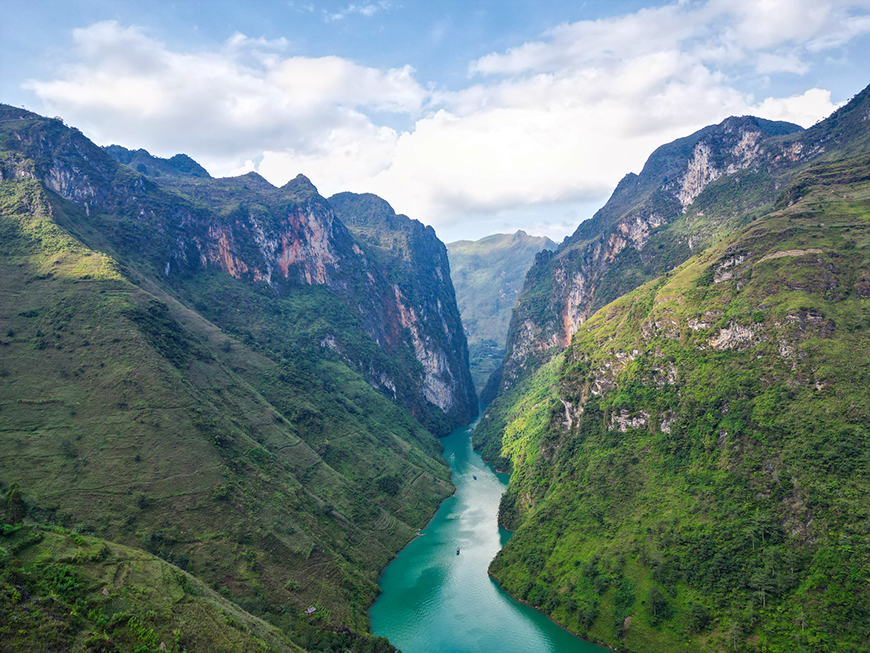
The famous view from Ma Pi Leng Pass - Photo : Mr Linh's adventures
Ma Pi Leng Pass
The Ma Pi Leng Pass, considered the "king" of Vietnam's mountain passes - also known as the "Sky Road" - offers exceptional panoramic views. The exciting route over this pass is a mix of excitement, adventure and awe, with high cliffs overlooking the Nho Que River below. A boat trip along the river offers another perspective. Popular as one of Southeast Asia's most charming journeys, it seduces travelers with its splendor.
Ethnic villages
Explore the villages of the Black H'mong, Red Dao and other ethnic minorities to discover their unique lifestyles and traditions. Explore and visit some of Meo Vac's many ethnic minority villages to learn more about their different cultures. The traditional dress and architectural styles of each minority group are different, from houses on stilts to buildings made of clay or stone. You can familiarize yourself with the local communities to get a clear idea of their way of life.
The Lo Lo village at Sang A Pa
One of Ha Giang's must-see tourist sites is the Lo Lo village in Meo Vac. The Lo Lo people are an essential part of the country's cultural diversity. Although this village is small and peaceful, it harbors mysteries about the traditions and customs of a particular ethnic group.
In addition to the impressive splendor of the natural landscape that surrounds it, the daily life of the residents offers a captivating experience. During special festivals such as corn picking or the Têt holiday, you'll have the opportunity to attend musical performances and charming dances organized by the Lo Lo people. These events allow you to immerse yourself in the warm, festive atmosphere of the village.
You can also discover the local cuisine by visiting the Lo Lo village and savoring traditional dishes such as braised pork, sticky rice and herbal tea. This exceptional gastronomic experience will give you an insight into the region's culinary culture.
You'll also be impressed by the exceptional talent of the ethnic girls, who meticulously weave delicious and unique brocade fabrics - a precious gift for visitors.
Nho Que River - Tu San Canyon
Nho Que is a river that rises in China and flows into Vietnam, crossing the Dong Van highlands in Ha Giang province. The river has become a favorite with travel enthusiasts, attracting visitors with its blue waters and towering mountains.
Tu San is also known as Southeast Asia's deepest canyon, a destination not to be missed. It reaches an astonishing depth of 1,000 metres, forcing visitors to admire the awe-inspiring beauty of this unspoilt, breathtaking landscape.
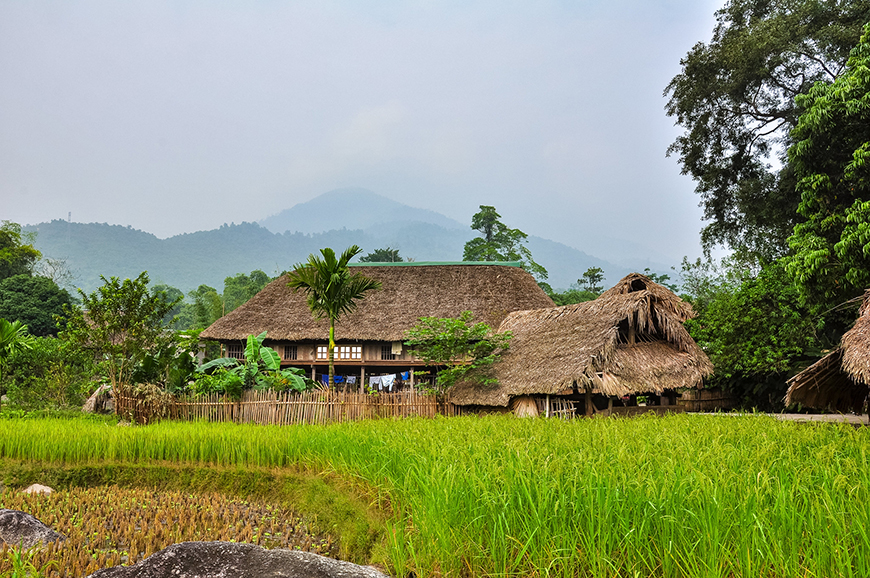
A traditional stilt house - Photo : Mr Linh's adventures
Trekking and hiking
Take to the region's many hiking trails, which offer exceptional panoramic views of the mountains and valleys. Although there are no specific hiking itineraries in Meo Vac, it is possible to trek and hike through its magnificent mountains in the company of a local expert. You can hike from village to village, immersing yourself in the local culture and taking in the breathtaking scenery as you explore the rugged terrain.
Around Meo Vac
In addition to Meo Vac, Ha Giang offers several fascinating tourist destinations that are sure to satisfy your wanderlust and leave you with unforgettable memories. Escape to the geopark of the Dong Van karst plateau, visit the Dong Van market, discover the Lung Cu flag tower and its fabulous panorama, pass through the gateway to heaven at Quan Ba, ...